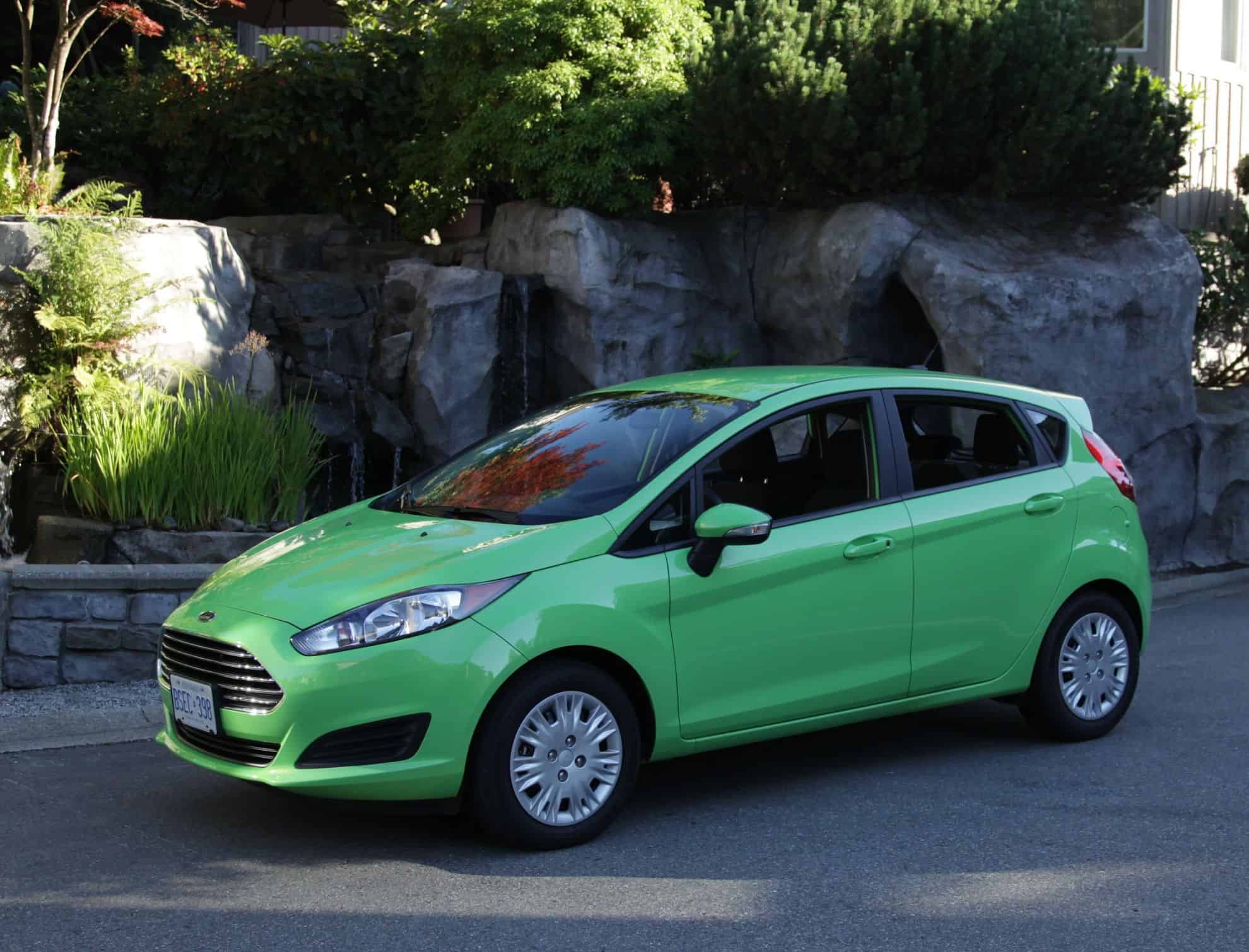Just last year, the UK city of Oxford established its plans to become the world’s first zero emissions zone, banning all petrol and diesel vehicles from the centre by 2020. This news comes after the UK governments promise to clean up the country’s air pollution problem by banning the sale of all petrol and diesel cars by the year 2040. Additionally, several cities in the UK have followed suit, pledging to introduce their own clean air zones in the next few years – these include Leeds, Southampton, Derby and Birmingham.
Motorparks Grange, retailers of used cars and prestige vehicles such as Jaguar have created this handy drivers guide to clean air zones, outlining the proposed charges and which drivers will be affected.
Defining a Clean Air Zone
The government has defined a Clean Air Zone as an area where a targeted plan is implemented to improve air quality and boost the environment, resulting in improved economic growth and health benefits for the population. The government’s plans involve access restrictions in certain city zones to encourage cleaner vehicles on UK roads and reduce pollution levels. Due to their high pollution outputs, busses, HGV’s and taxis will be the first to be charged for entering the zones – however, the charges will not apply to private cars just yet. Vehicles which meet the definition of ultra-low emission (fully electric vehicles, for example) will not have to pay entry fees. Other vehicles will be separated into different classes and charges will apply depending on which class they are in.
Who will be charged?
Not all the proposed zones will have set charges – the charges will be decided by the local council or authority of the city. Penalties will not be compulsory for Clean Air Zones either, however, councils which do decide to implement charges will have the right to charge penalty fines if drivers do not comply with the zone charges. The city of Bath is currently assessing the impact of a clean air zone charge, with suggested charges for high emission cars ranging from £3 to £13 per day to drive within the zones.
Initially, the zones will not impact owners of private cars, so those of us driving larger cars such as a Land Rover or Nissan Murano can rest easy – for now. Although the charges are yet to be completely finalised, we now know that they will be issued depending on what class your vehicle falls under. The four classes are: A. B. C and D and have been selected according to vehicle type, emissions and euro standard. The government has released a report outlining the Clean Air Zone framework, so you can check which category your vehicle will be in.
Which cities will be affected?
The UK government has selected the cities which currently have the lowest air quality in the country – they intend to lower nitrogen dioxide levels, bringing them back in line with legal regulations.
Whilst Leeds, Southampton, Nottingham and Derby have been approved to host Clean Air Zones, several other cities across the UK are still awaiting approval, including Newcastle Upon Tyne, Manchester, Liverpool and Hull. The zones will likely only be in operation in city centres, and restrictions will involve entry fees, time of day restrictions and/or blanket vehicle bans.
The Sunday Times recently reported that over 35 urban areas could be affected by the plans, in which all vehicles (both public and privately owned) could be banned from entering city centres during peak traffic times. In the most polluted cities, the charges (dubbed ‘toxin taxes’ by the media) could end up being as high as £20 a day. The government has also been keen to point out that they do not intend to punish drivers who purchased their diesel cars because of successive governments, as they don’t want drivers to feel as though they are being hit hard by incentives that the previous governments encouraged.
Tackling air pollution: Will the zones work?
Both Germany and the city of London have already implemented Clean Air Zones within the city centres. Studies in Germany found a significant reduction in particulate matter (small air particles that can get into the lungs causing health problems) levels throughout the zones. Further research in London found that particulate matter levels had fallen by up to 3% over a five-year period within the zones, compared to just 1% outside.
Ongoing research on the topic is still inconclusive however; several studies have suggested that levels of air pollution inside the zones are only improved at the expense of the surrounding zones. This could be due to drivers choosing to take alternative routes or driving further than usual in order to avoid incurring the charges.

